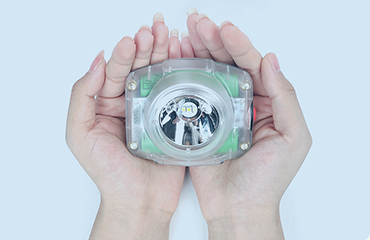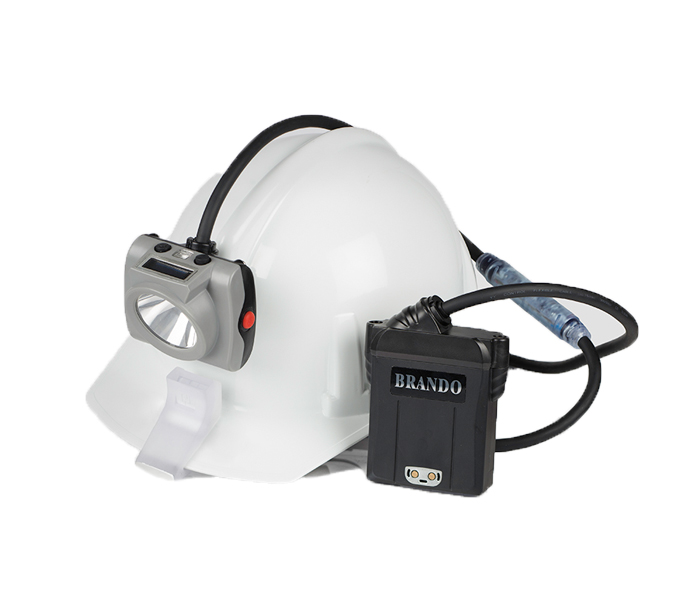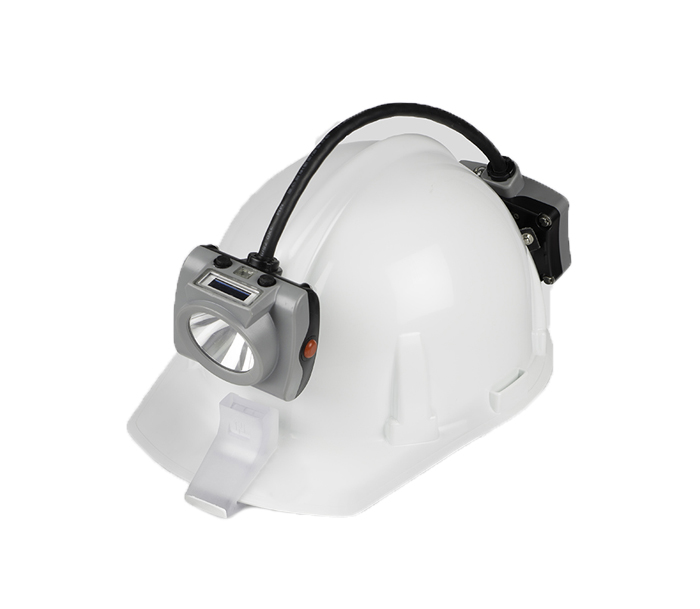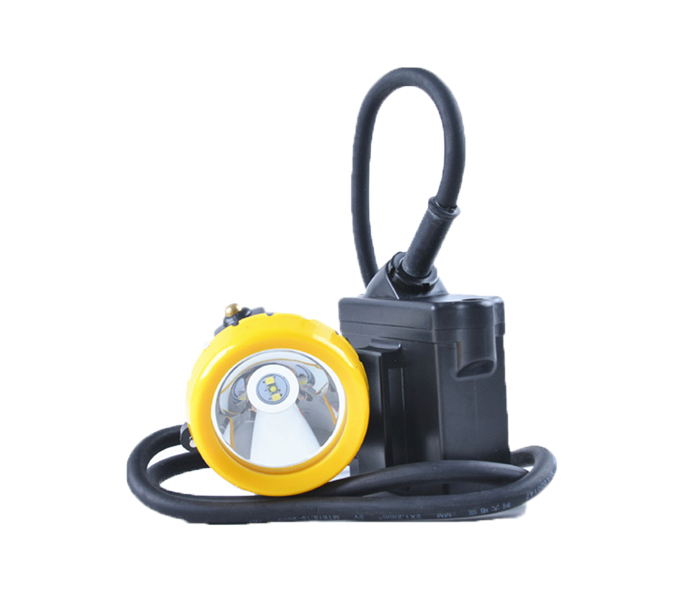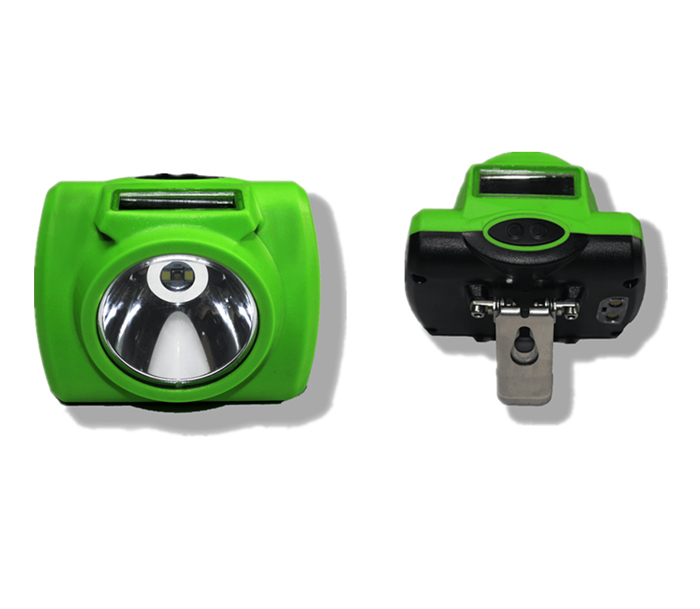The merciless darkness of the mine required the use of light.
The merciless darkness of the mine required the use of light.
Before the 19th century, miners to use open fires that can ignite combustible gases in the mine, causing deadly explosions.The combustible gas (biogas) is mainly composed of methane and is most commonly found in coal mines.The need to provide safe lighting for miners to use in gas mines, and some inventors did it independently.
The three main ancestors of early safety lamps were Dr William Reid Clanny, Sir Humphry Davy and George Stephenson.
The first person to come up with the idea of a safety lamp was Dr. William Clanny. As a doctor in sunderland, England, Clanny often cared for patients injured in mining explosions.In 1813, craney presented his first luminaire design on paper to the Royal Philosophical Society.Clanny seals the flame in glass with a layer of water above and below the flame to "seal in the fire."Bellows feed oxygen through the tube into the chamber to keep the flame down.Bellows make the lamp impractical for everyday use and the flame is extinguished when tested in a mixture of combustible gases.
George Stephenson was a British engineer who also began trying to invent a safety lamp in 1815. Through trial and error, he found an effective design.He placed the bulb in a glass cylinder with a metal lid with holes in it. Cover with a metal cover to further eliminate the flame and protect it from flammable gases.Sir Humphrey davey, a Briton, was already a nationally renowned scientist and inventor when he captured the idea of a safety lamp in 1815.
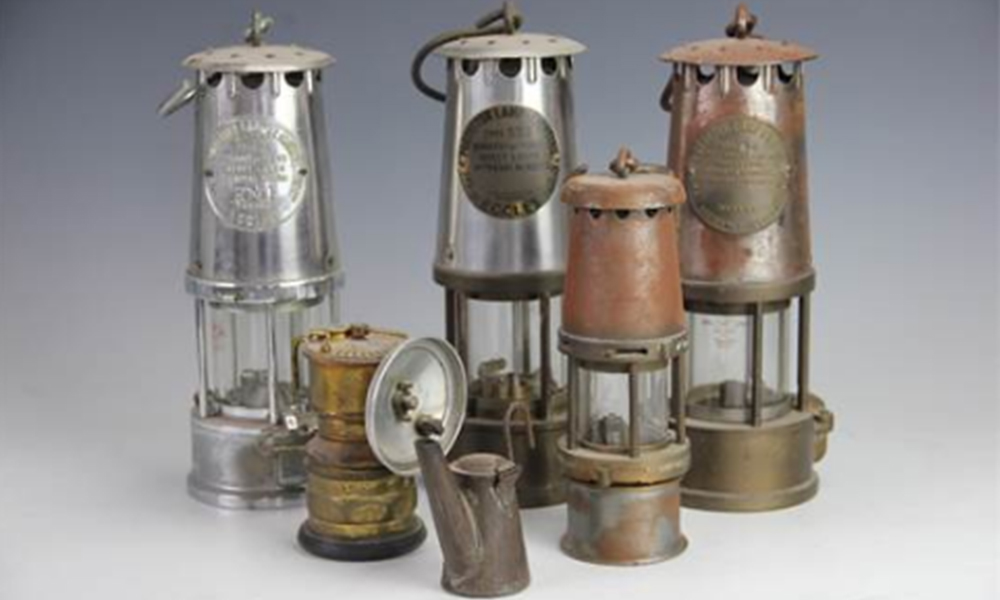
David has carried out numerous scientific experiments on all the properties of gases, and this experience has proved useful in the fight against the flammable methane found.David's invention was to surround a flame with a metal screen. Air can be used to heat the flame through the screen, but if the holes in the screen are small enough, the mesh will cool the flame to the point where it cannot ignite the gas around the lamp.This design allows the Davy lamp to be used as a test for the presence of certain gases.If there is methane, the flame will burn into a blue "lid."The length of the lid will determine how much gas there is.Some of the fixtures in the series are these so-called "test lamps", where the bulb glass is marked to measure the flame cap.Although flammable gases are the most prominent threat in mines, asphyxiating gases are also dangerous.Davey's safety lamp also helps solve this problem, because miners can use davey's lamp to check for harmful levels of carbon dioxide, which extinguishes the flame at non-lethal levels and alerts miners to unsafe working conditions.










